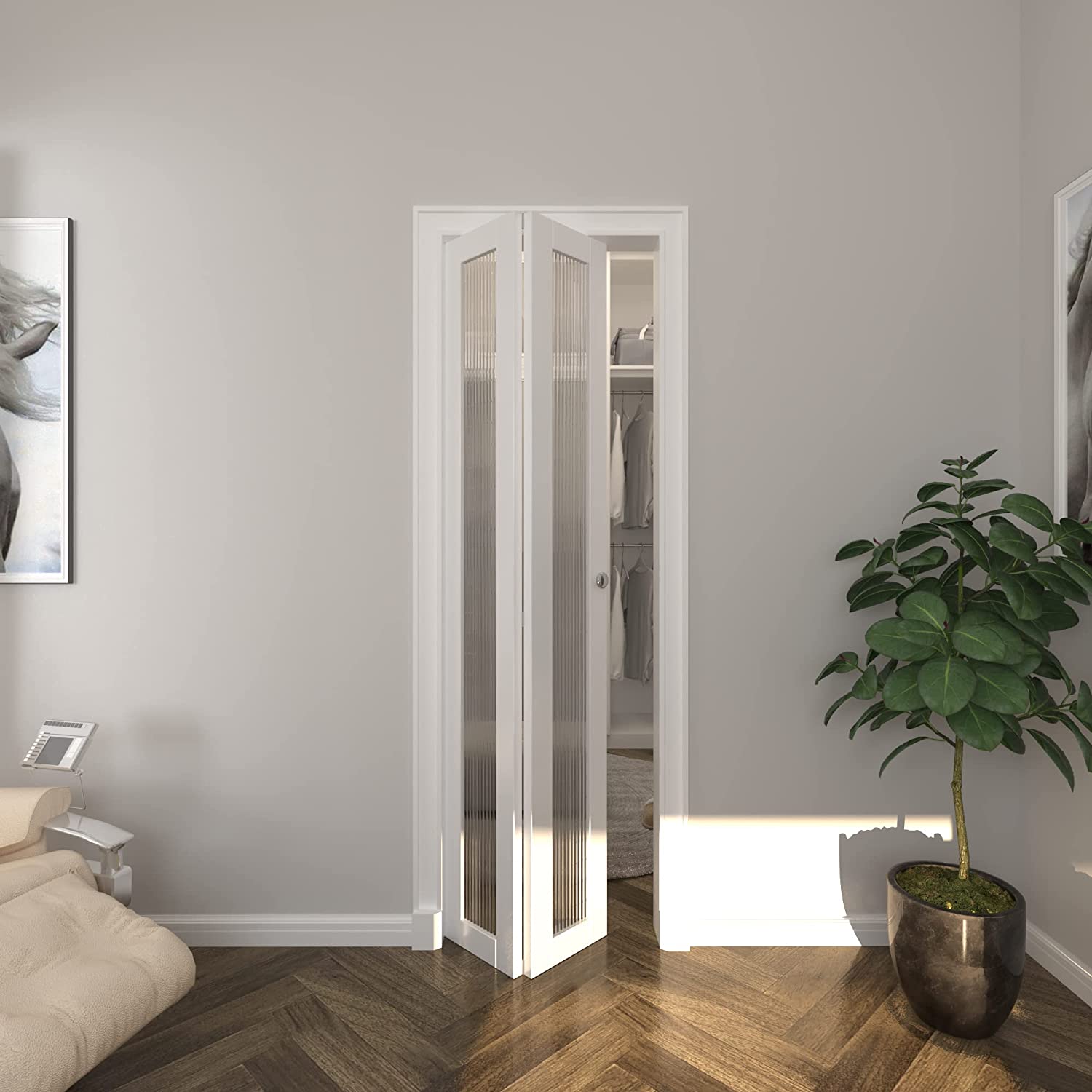

Articles
How To Lock A Closet Door
Modified: April 22, 2024
Discover amazing storage ideas to lock your closet door and keep your belongings safe and organized. Maximize your space with creative solutions and improve functionality today!
(Many of the links in this article redirect to a specific reviewed product. Your purchase of these products through affiliate links helps to generate commission for Storables.com, at no extra cost. Learn more)
Introduction
Welcome to our comprehensive guide on how to lock a closet door. Whether you’re looking to secure your personal belongings, create a safe space, or keep curious children or pets out, adding a lock to your closet door can provide the privacy and security you need. In this article, we will walk you through the step-by-step process of choosing the right lock, preparing the closet door, installing the lock, and testing its effectiveness. We will also share some additional security measures you can implement for extra peace of mind.
Before we dive into the details, it is essential to note that there are various types of closet door locks available on the market. The ideal lock for your closet will depend on factors such as the type of door, your specific security needs, and personal preference. With that said, let’s get started and learn how to secure your closet door effectively!
Key Takeaways:
- Choose the right lock by considering security needs, door material, installation method, budget, and reviews. Ensure the lock aligns with your security and aesthetic preferences for effective closet door security.
- Thoroughly prepare, install, and test the lock to ensure smooth functionality and security. Consider additional measures like security cameras and door reinforcement for enhanced protection. Regular maintenance and vigilance are key to maintaining a secure closet door.
Read more: How To Lock A Closet Door
Step 1: Choosing the Right Lock
When it comes to choosing the right lock for your closet door, there are a few factors to consider. Let’s explore these factors to ensure you select the most suitable lock for your needs:
- Type of Lock: There are several types of locks available, such as key locks, combination locks, keypad locks, and sliding door locks. Consider the level of security you require and the convenience factor. Key locks offer traditional security but may require you to keep track of a key. Combination locks provide keyless entry but require remembering a code. Keypad locks offer keyless entry with the convenience of a numerical keypad. Sliding door locks are suitable for sliding closet doors.
- Door Material: Different locks are designed to work with specific door materials. Consider whether your closet door is made of wood, metal, laminate, or glass and choose a lock that is compatible with that material.
- Installation Method: Some locks require drilling and screwing into the door, while others are adhesive or clamp-on. Consider your comfort level with installation techniques and ensure the lock you choose is easy to install without causing damage to the door.
- Budget: Set a budget for the lock, keeping in mind that certain types of locks may be more expensive than others. However, investing in a high-quality lock is crucial for ensuring proper security and durability.
- Reviews and Recommendations: Read online reviews and seek recommendations from friends, family, or professionals who have experience with closet door locks. Their insights can help you make an informed decision.
Once you have considered these factors, you will be well-equipped to select the right lock for your closet door. Remember, the lock you choose should not only offer the desired level of security but also align with your functionality and aesthetic preferences.
Step 2: Preparing the Closet Door
Before you can install the lock onto your closet door, it’s important to properly prepare the door to ensure a secure and successful installation. Follow these steps to prepare your closet door:
- Clean the Surface: Start by cleaning the surface where the lock will be installed. Use a mild detergent or rubbing alcohol to remove any dirt, dust, or grease. A clean surface will ensure proper adhesion or attachment of the lock.
- Measure and Mark: Next, measure and mark the appropriate location for the lock on your closet door. Consider the height and position that will be most accessible and convenient for you.
- Pilot Holes: If your lock requires drilling, use a small drill bit to create pilot holes at the marked location. These pilot holes will guide the screws during the installation process. Be sure to use the appropriate size drill bit for the screws provided with the lock.
- Test Fit: Before proceeding with the installation, perform a test fit of the lock on the marked location. This step ensures that the lock fits properly and aligns with any existing holes or components on the door.
- Make Adjustments: If necessary, make any adjustments to the markings or pilot holes to ensure the lock fits securely and operates smoothly. It’s better to make small adjustments now than to have issues during the final installation.
By properly preparing the closet door, you will ensure a smoother installation process and minimize the risk of any damage to the door or lock components. Take your time during this step to ensure accuracy and precision, as it will greatly impact the effectiveness and functionality of the lock.
Step 3: Installing the Lock
Now that you have chosen the right lock and prepared the closet door, it’s time to proceed with the installation. Follow these steps to install the lock onto your closet door:
- Align the Lock: Place the lock onto the marked location, ensuring it aligns with any pilot holes or existing components on the door. Double-check the alignment to avoid any positioning errors.
- Attach Screws: If your lock requires screws, take the provided screws and insert them through the mounting holes on the lock. Align the screws with the pilot holes on the door and tighten them using a screwdriver or drill with the appropriate bit.
- Affix Adhesive: If your lock has adhesive backing, ensure the surface area is clean and dry. Remove the adhesive backing, press the lock firmly onto the marked location, and hold it in place for the recommended duration to allow the adhesive to bond properly.
- Secure Clamping Mechanisms: For locks with clamping mechanisms, place the lock onto the marked location and tighten the clamps using the provided tools or by following the manufacturer’s instructions. Ensure the lock is securely fastened to the door.
- Test the Lock: Once the lock is installed, test its functionality by engaging and disengaging it multiple times. Make sure it operates smoothly and securely locks and unlocks the closet door.
During the installation process, it’s essential to follow the manufacturer’s instructions provided with the lock. Different locks may have specific installation requirements, so be sure to consult the instructions for any additional steps or considerations.
Remember, the correct installation of your closet door lock is crucial for its proper functioning and effectiveness. Take your time, pay attention to detail, and ensure the lock is securely attached to the door before moving on to the next step.
Install a deadbolt or a sliding bolt lock on the closet door to secure it. Make sure to use long screws to secure the lock to the door frame for added security.
Step 4: Testing the Lock
After installing the lock onto your closet door, it’s important to test its effectiveness to ensure that it provides the security and functionality you desire. Follow these steps to thoroughly test your lock:
- Close the Door: Close your closet door completely and ensure it is properly aligned within the frame. This step ensures that the lock will engage with the door frame securely.
- Engage the Lock: Activate the lock according to its specific mechanism. This could involve using a key, entering a combination code, sliding a bolt, or pressing buttons on a keypad. Ensure that the lock engages with the door frame and prevents the door from opening.
- Apply Pressure: Apply gentle pressure to the closed door to see if it remains locked and withstands the force. This simulates a real-life scenario where someone may try to force the door open. The lock should hold up and keep the door securely closed.
- Test Unlocking Method: Test the unlocking method to ensure it operates smoothly. If the lock requires a key, make sure the key turns easily and unlocks the door without any issues. If it’s a combination lock, enter the correct code and ensure the lock disengages smoothly.
- Repeat the Process: Perform the above steps multiple times to ensure consistent performance. Check for any signs of wear or malfunction during each test. If you notice any issues, consult the manufacturer’s instructions or seek professional assistance for troubleshooting.
Testing the lock ensures that it functions as intended and provides the level of security you need. It also helps identify any potential problems or weaknesses in the lock’s design or installation. By thoroughly testing the lock, you can have peace of mind knowing that your closet door is secure and protected.
If the lock passes all the tests and operates smoothly, congratulations! You have successfully installed and tested your closet door lock.
Read more: How To Lock Sliding Closet Doors
Step 5: Additional Security Measures
While installing a lock on your closet door is a great step towards enhancing security, there are additional measures you can take to further protect your belongings. Consider implementing the following security measures:
- Security Cameras: Install security cameras in the vicinity of your closet area. This provides an extra layer of surveillance and helps deter potential intruders.
- Alarm System: Connect your closet door lock to a home security alarm system. If someone tries to tamper with or force open the door, the alarm will sound, alerting you and potentially scaring off the intruder.
- Reinforce the Door: Reinforce your closet door by installing a metal plate or a door reinforcement kit. This helps strengthen the door and makes it more resistant to forced entry.
- Secure the Door Frame: Ensure that the door frame is sturdy and properly secured. Reinforce the frame with longer screws or a door frame reinforcement kit to prevent it from easily being kicked in or forced open.
- Use Window Films: If your closet door has windows, consider applying window films or blinds to obscure the view and prevent prying eyes from seeing inside.
- Keep Inventory: Keep a detailed inventory of the items stored in your closet. This will help you identify any missing items and assist in filing insurance claims in case of theft.
- Regular Maintenance: Regularly inspect and maintain the lock and door to ensure they are in proper working condition. Lubricate the lock mechanism if necessary and repair any damages promptly.
By implementing these additional security measures, you can greatly enhance the safety and protection of your closet and its contents. Remember, security is a continuous process, so it’s important to stay vigilant and regularly assess and update your security measures as needed.
With these steps and additional security measures, you can have peace of mind knowing that your closet door is well-secured and your belongings are properly protected.
Conclusion
Securing your closet door is an important step in protecting your personal belongings and ensuring privacy. By following the steps outlined in this guide, you can successfully install a lock on your closet door and enjoy the peace of mind that comes with knowing your items are safe and secure.
Remember to choose the right lock that meets your security needs and aligns with your preferences. Take the time to prepare the closet door properly, ensuring cleanliness and accurate measurements. During the installation process, carefully follow the manufacturer’s instructions to ensure a secure and effective lock.
Once the lock is installed, thorough testing is essential to verify its functionality and durability. Apply pressure and test the unlocking mechanism to ensure the lock withstands force and operates smoothly. Repeat the testing process multiple times to ensure consistent performance.
Additionally, consider implementing additional security measures such as security cameras, alarm systems, and door reinforcements for added protection. Regular maintenance and inventory checks will help maintain the integrity of the lock and ensure the security of your stored items.
Securing your closet door is an investment in the safety and security of your belongings. By following the steps outlined in this guide and taking additional security measures, you can have peace of mind knowing that your closet and its contents are protected.
With the right lock and proper installation, you can confidently lock your closet door, knowing that your personal belongings are secure and inaccessible to unwanted intruders.
Frequently Asked Questions about How To Lock A Closet Door
Was this page helpful?
At Storables.com, we guarantee accurate and reliable information. Our content, validated by Expert Board Contributors, is crafted following stringent Editorial Policies. We're committed to providing you with well-researched, expert-backed insights for all your informational needs.
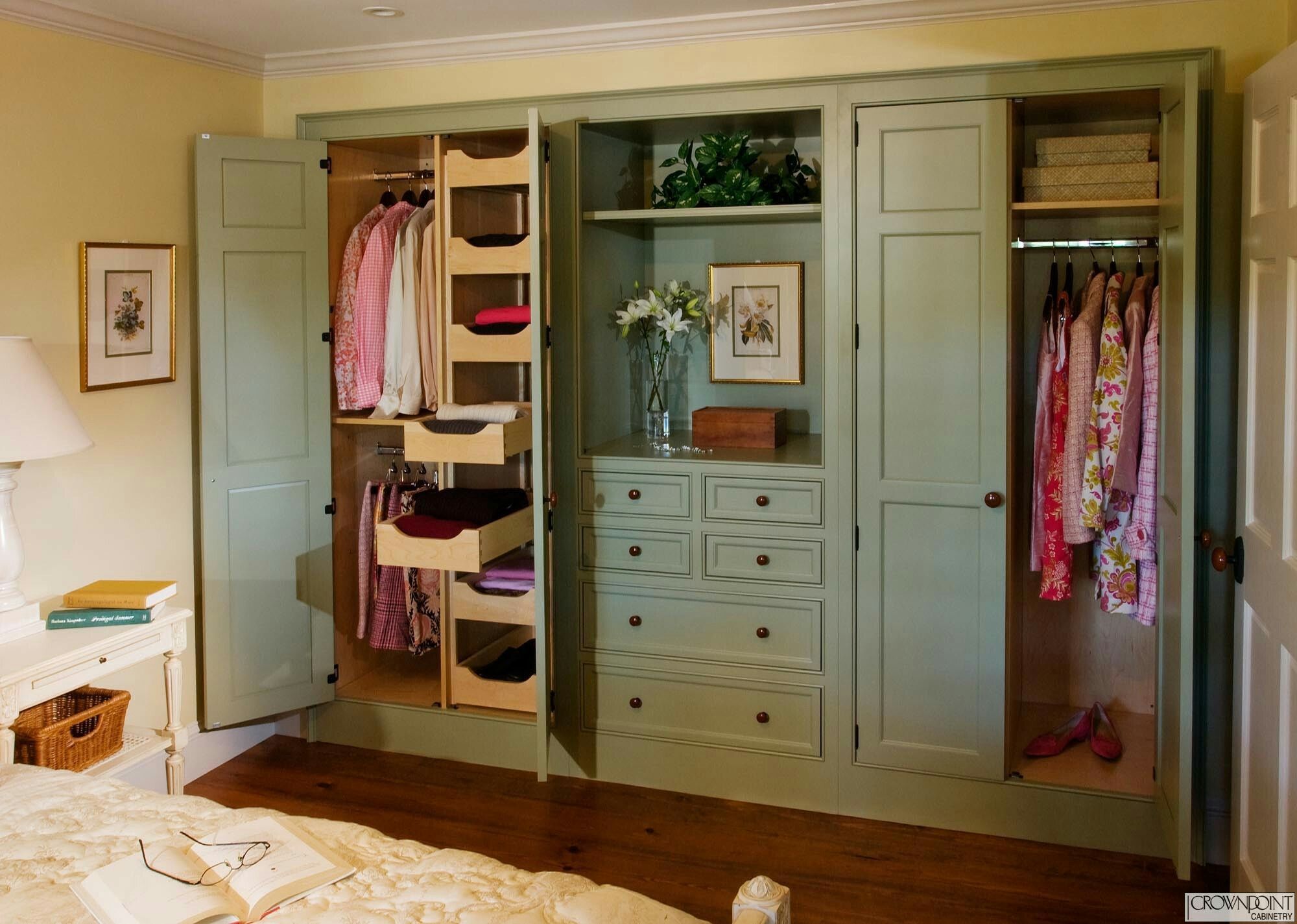
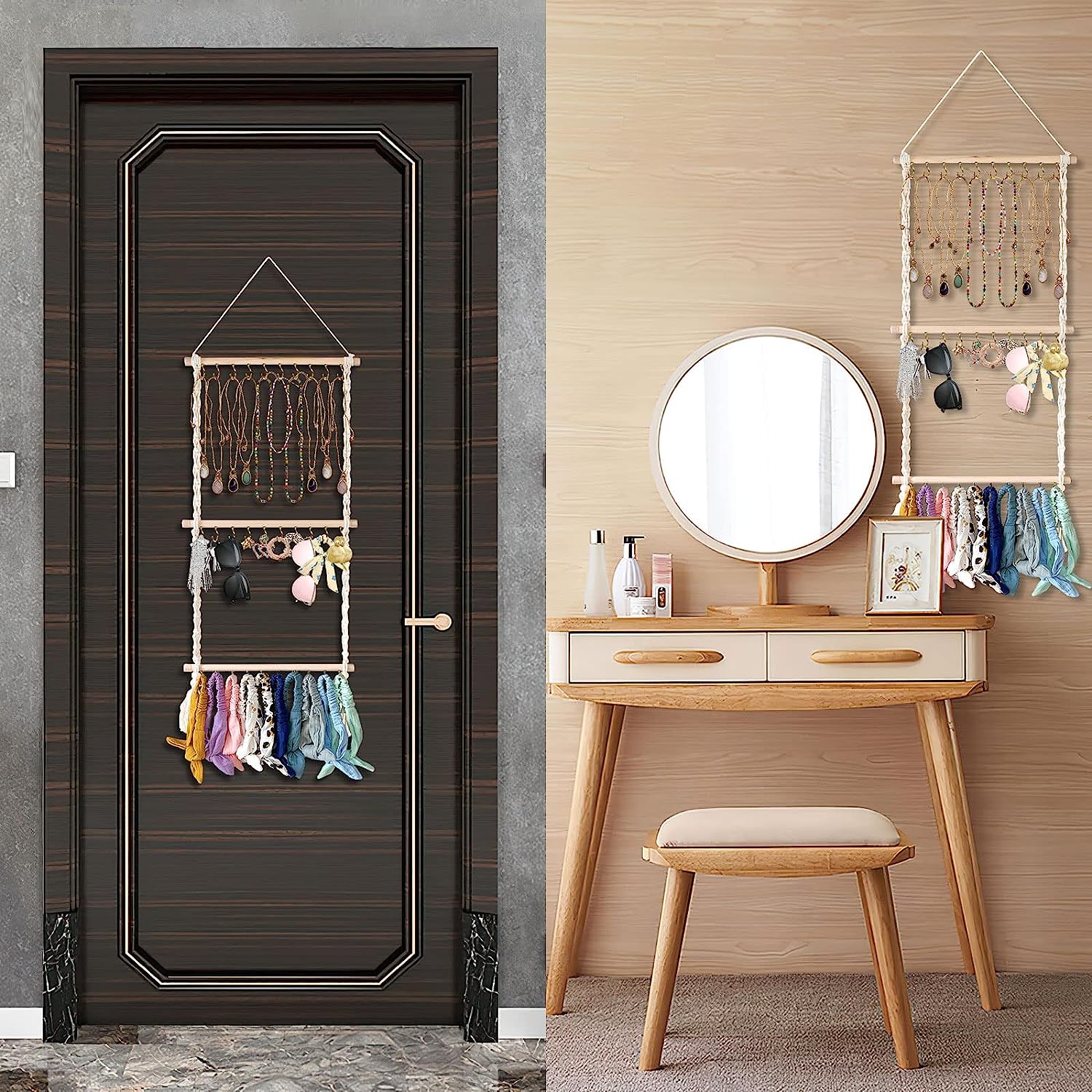
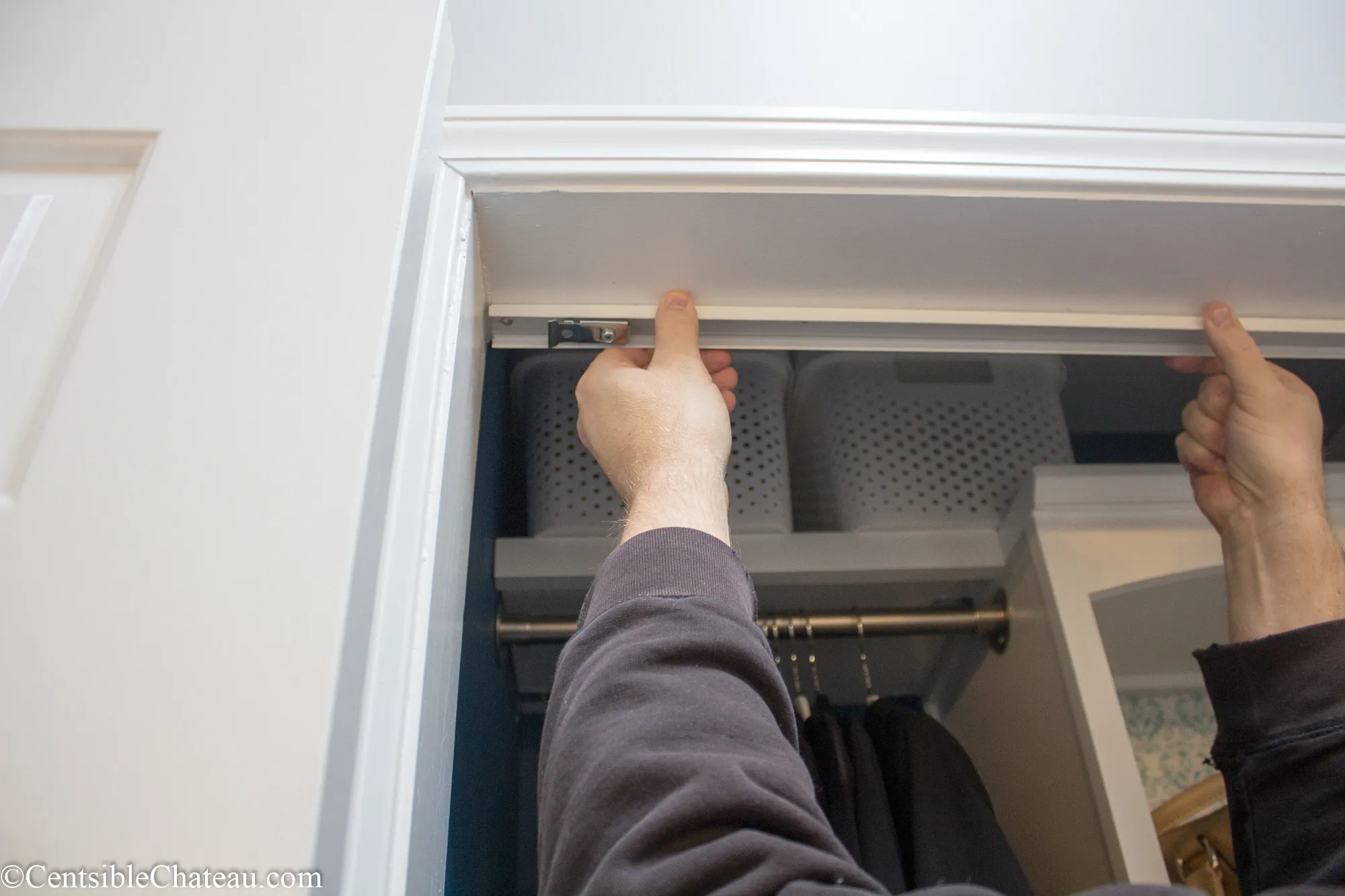
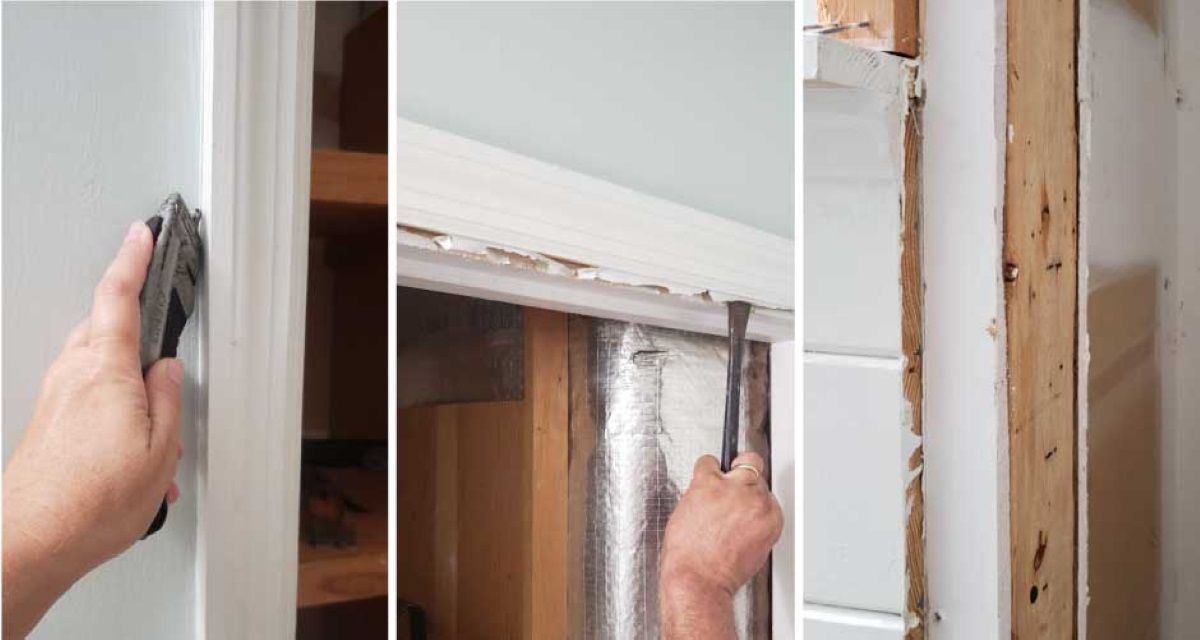
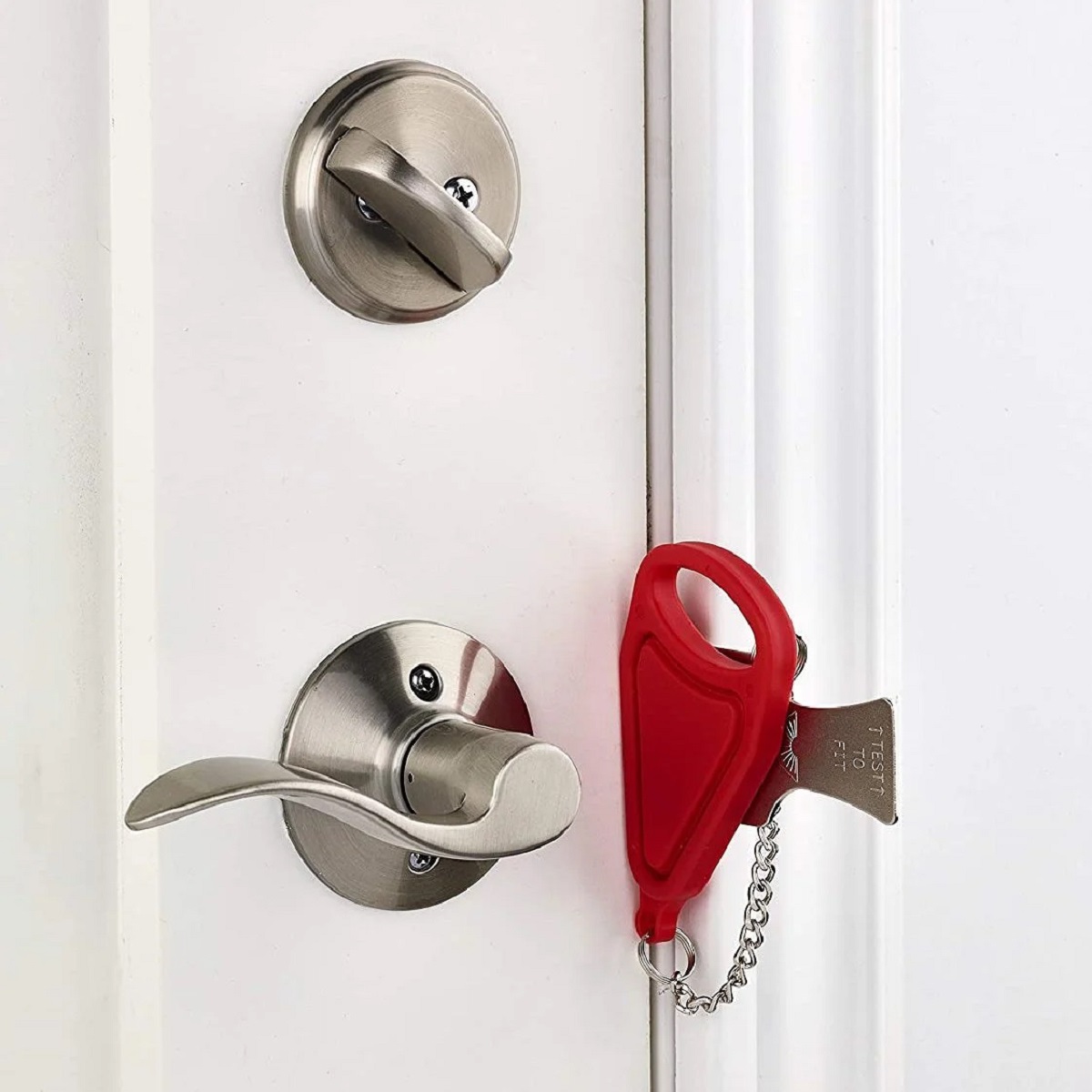
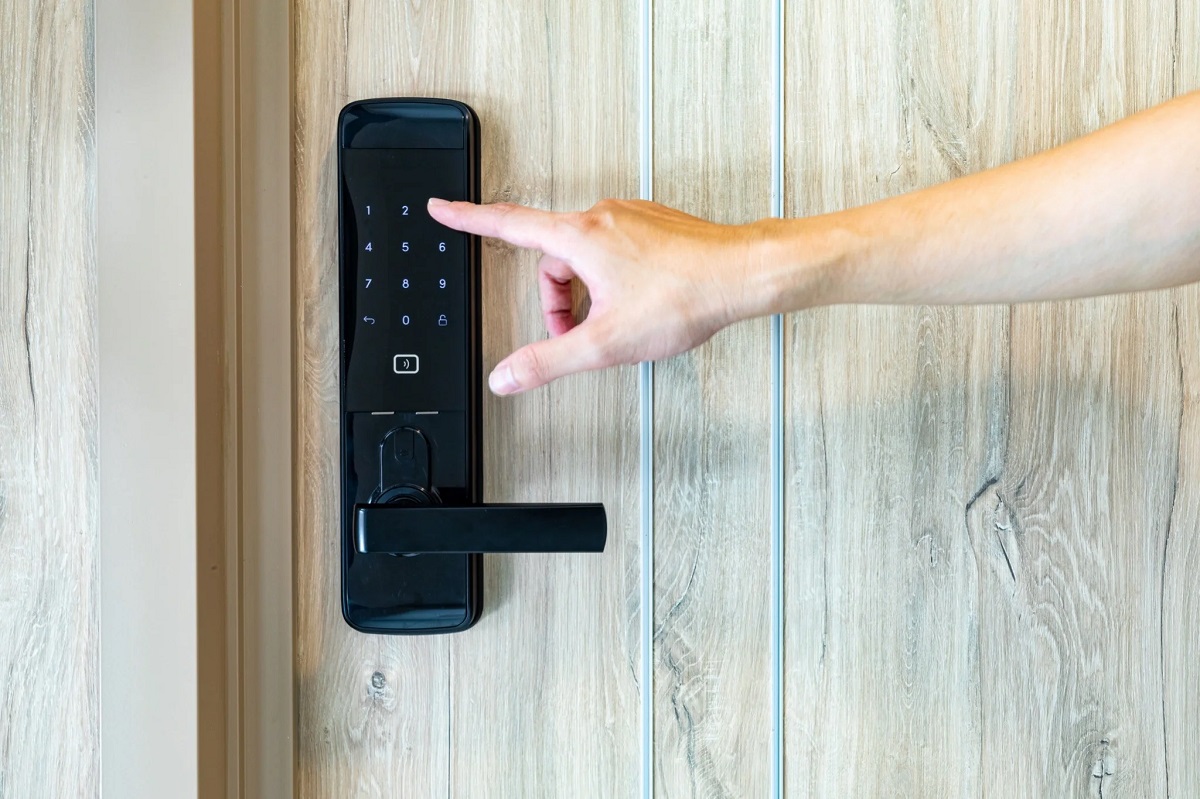
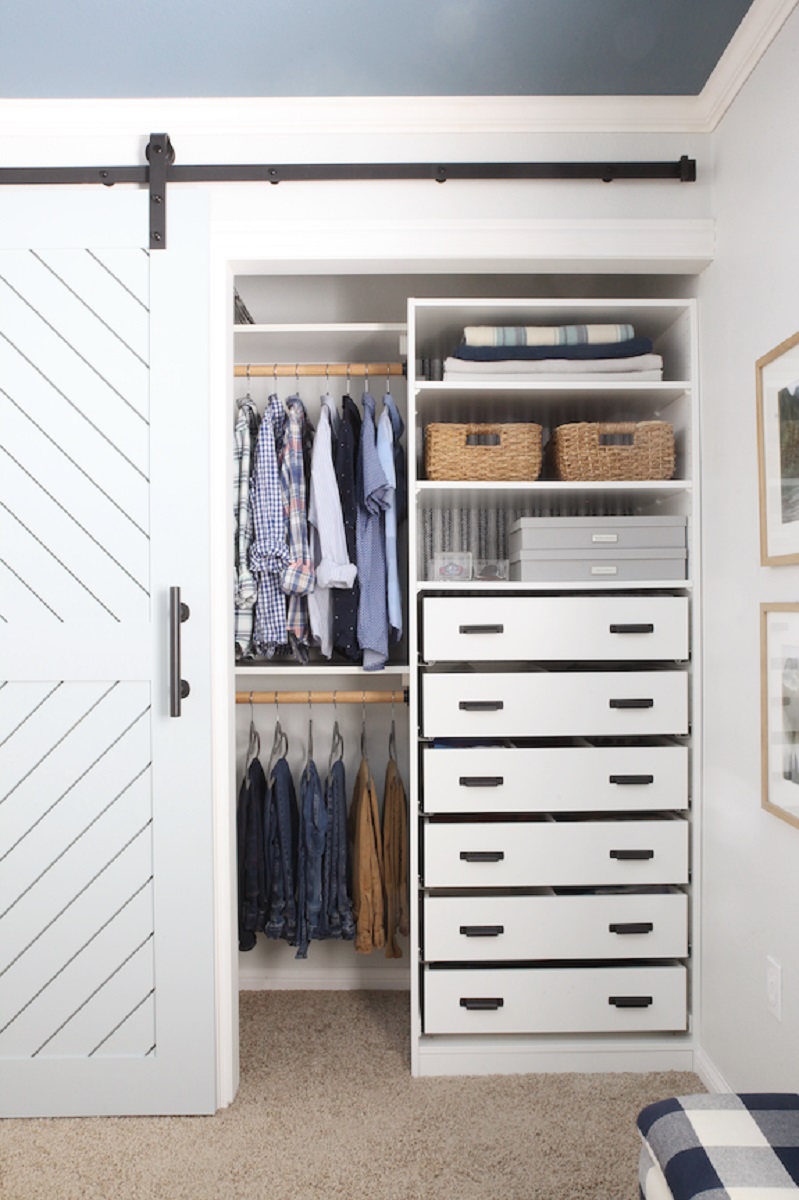
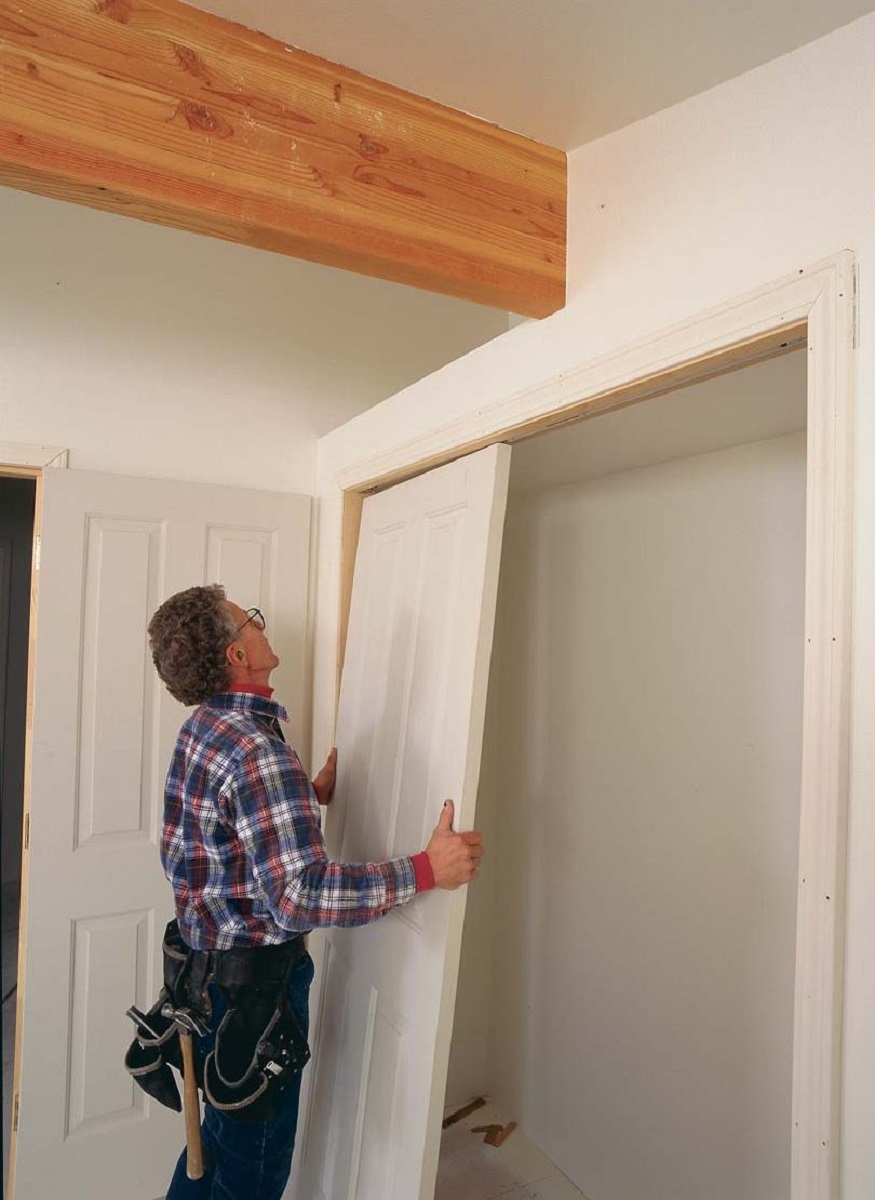
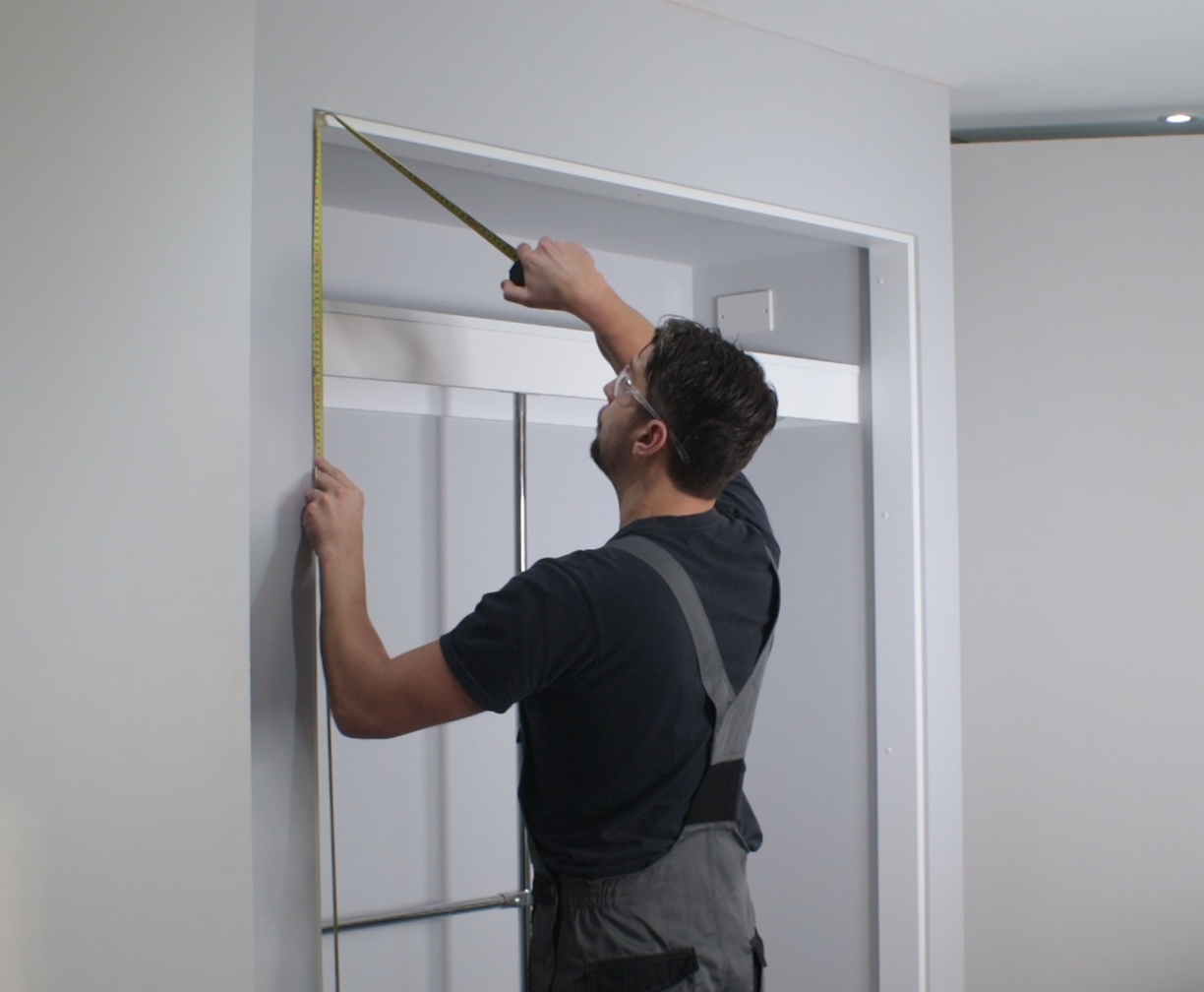
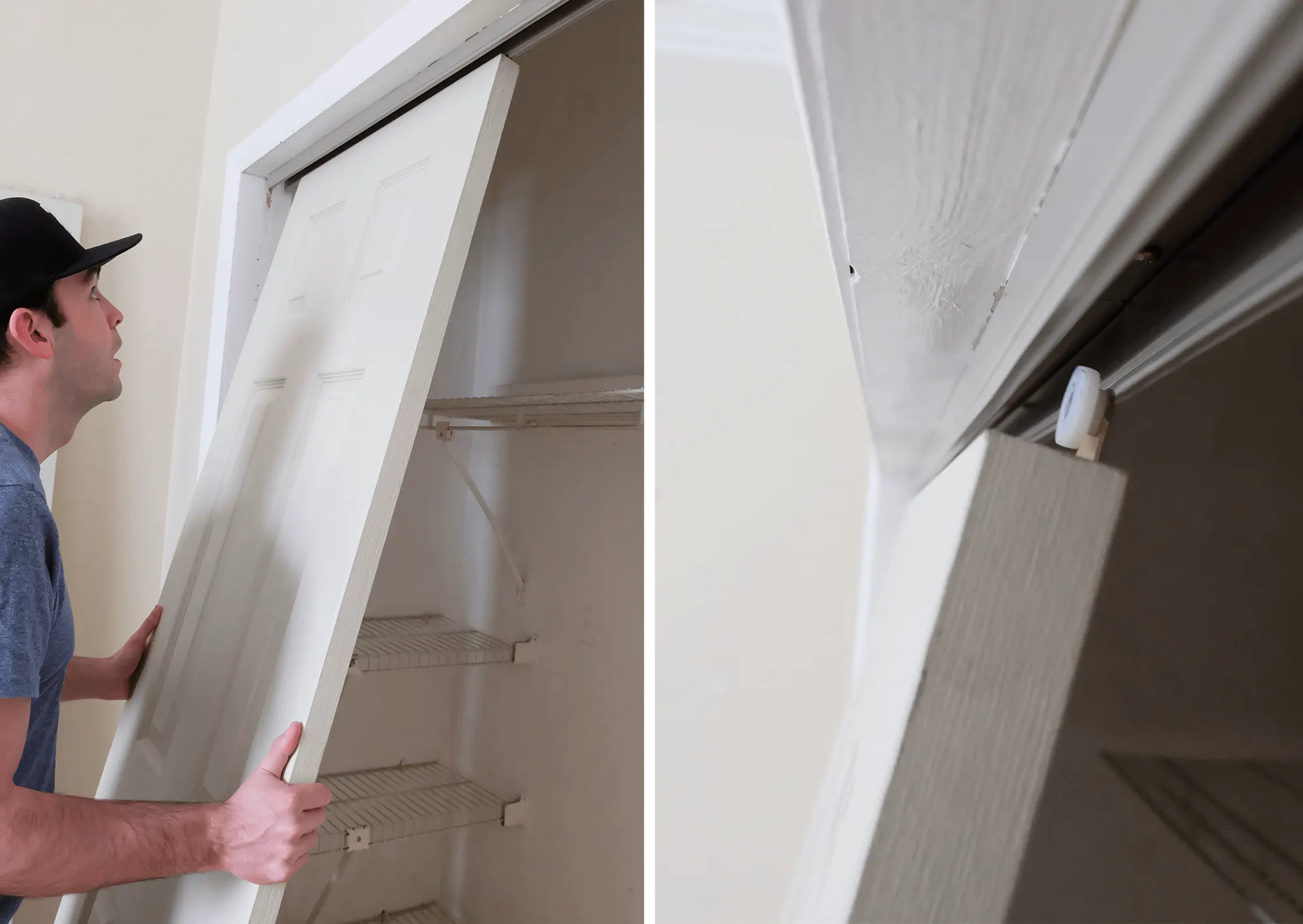
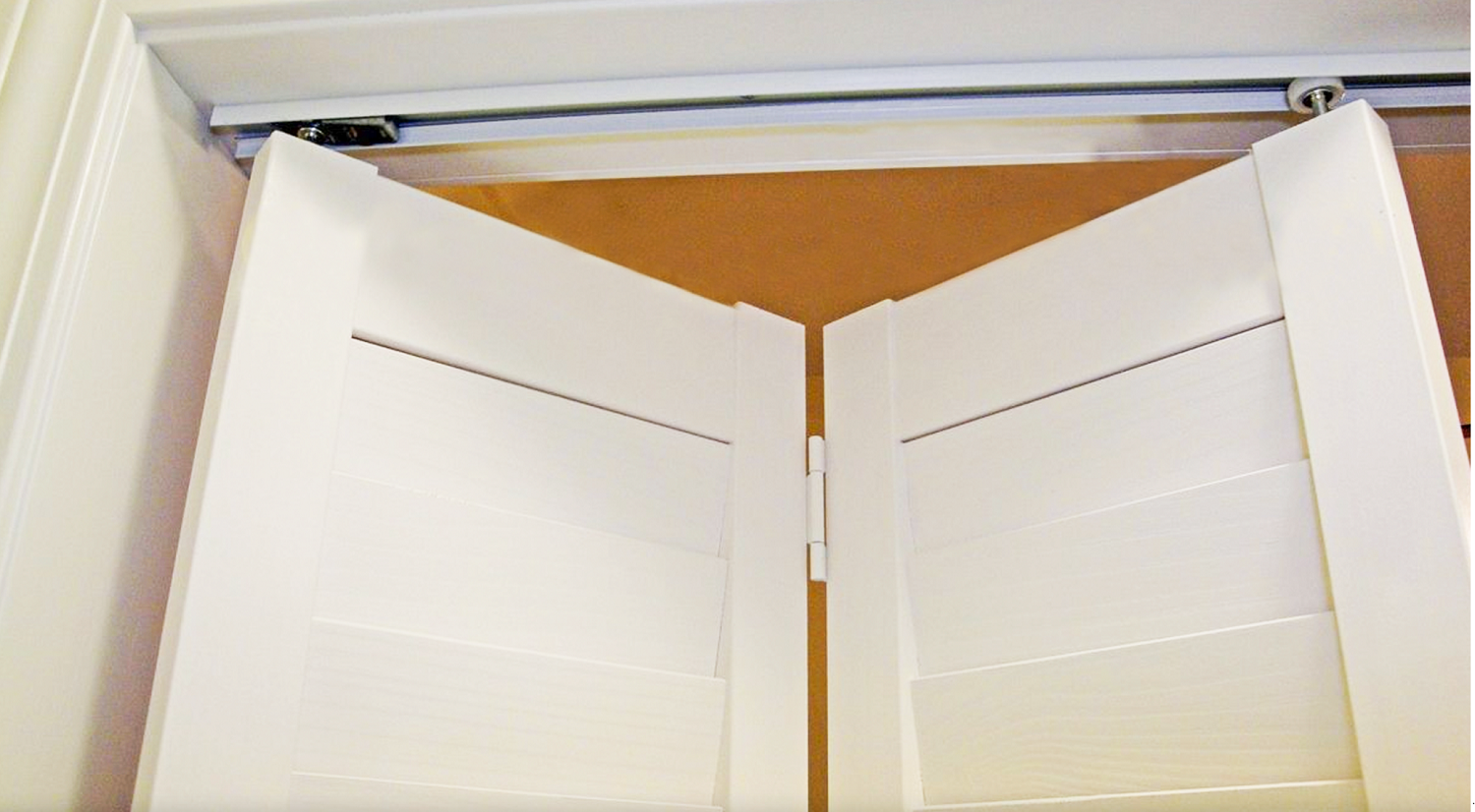
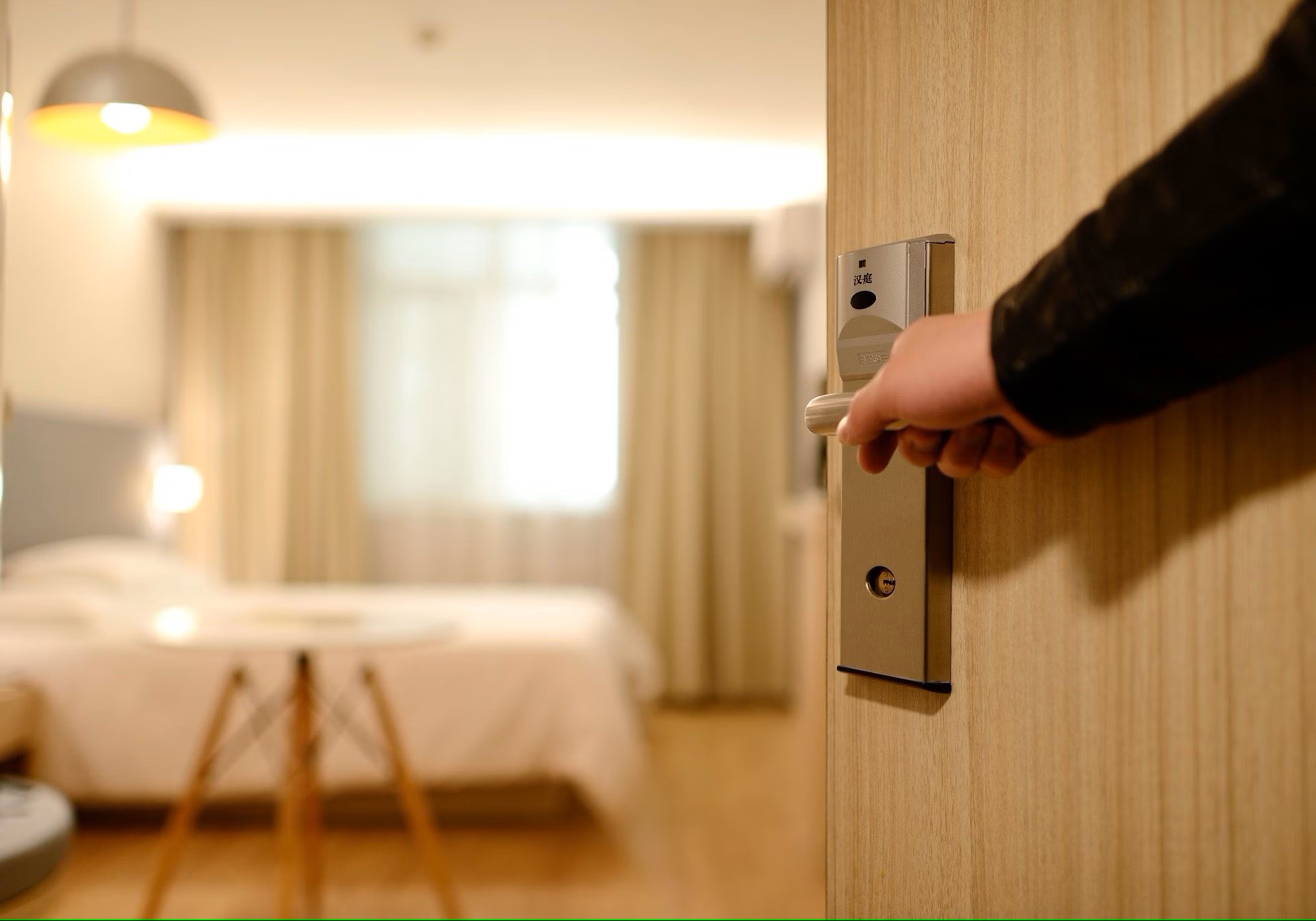
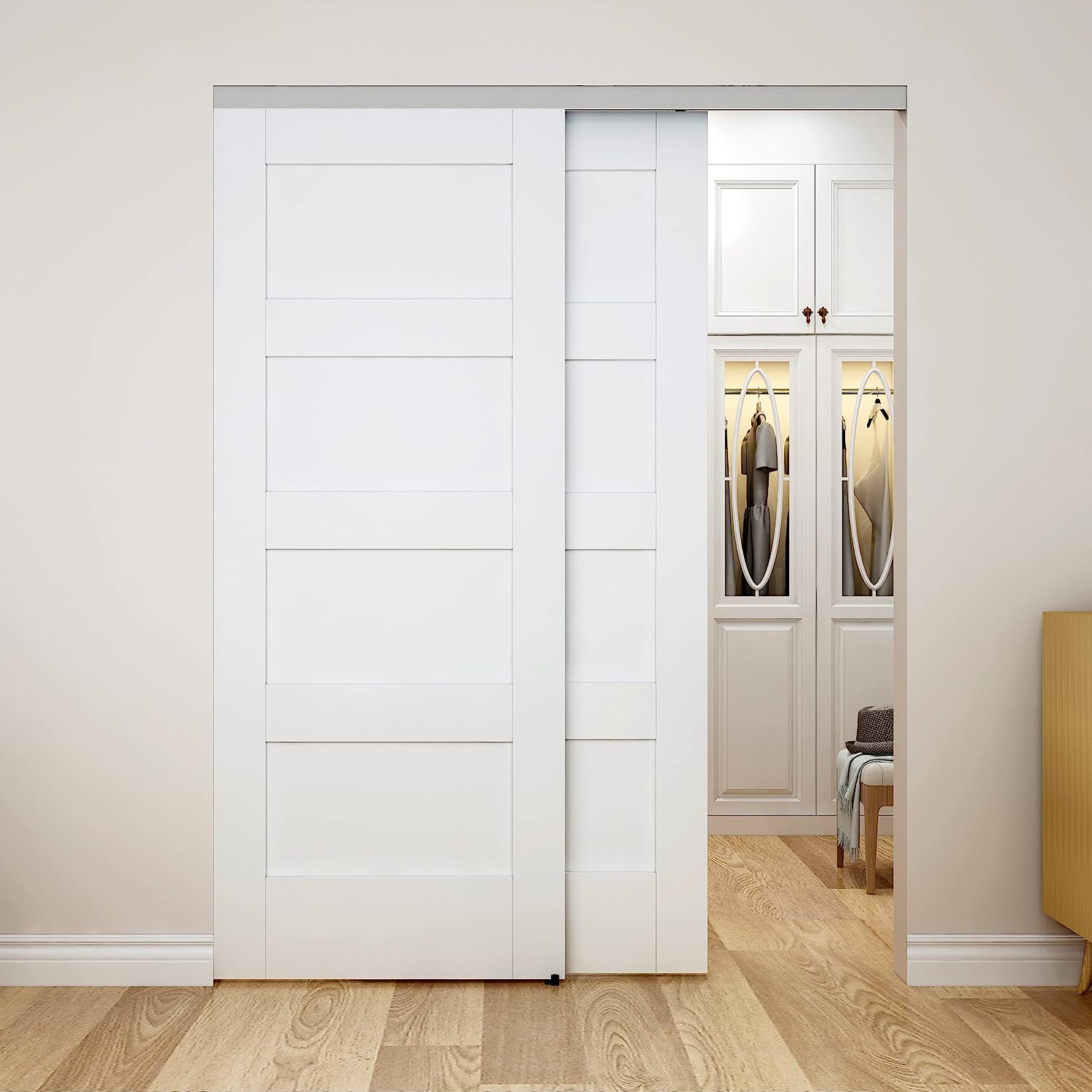
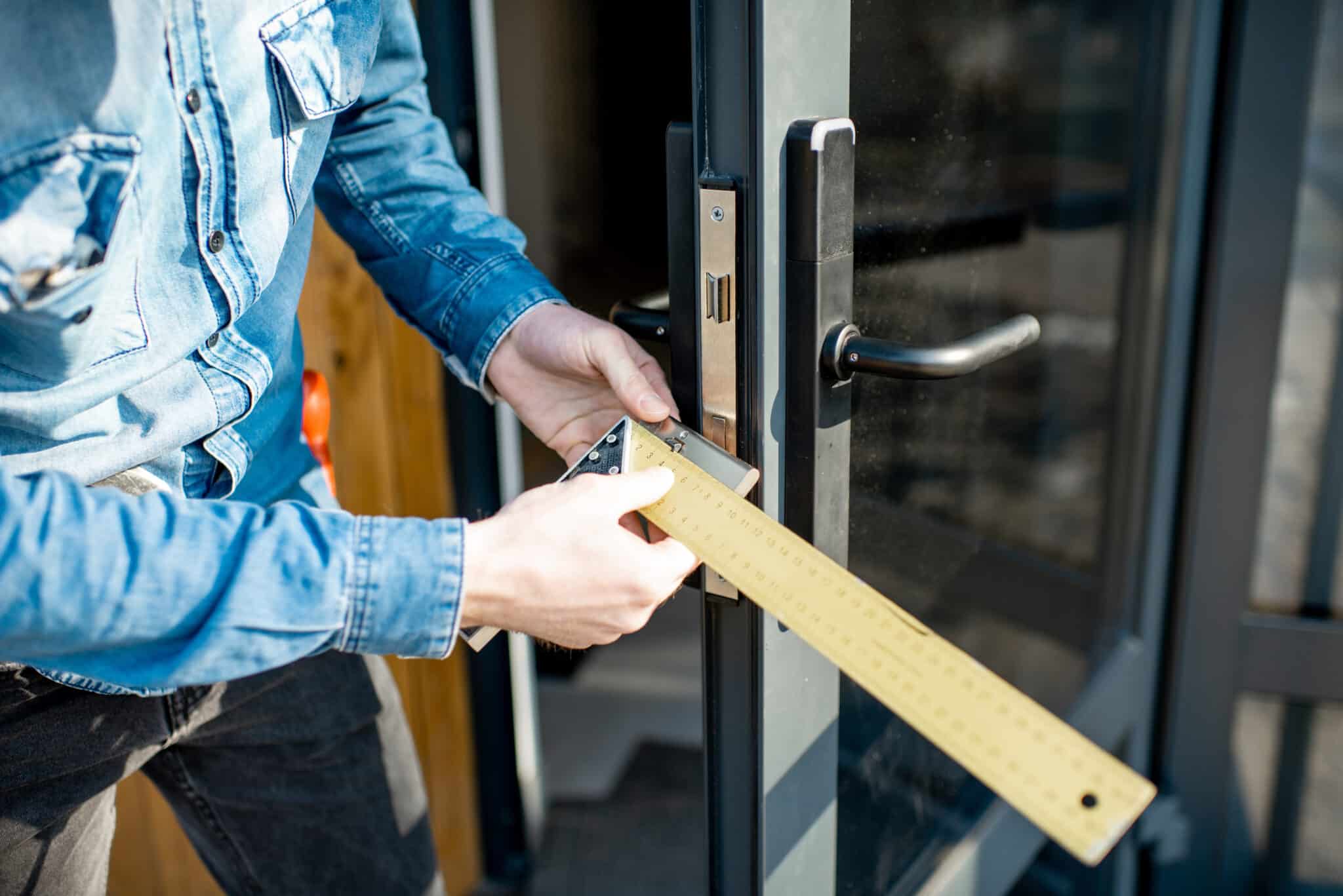

0 thoughts on “How To Lock A Closet Door”